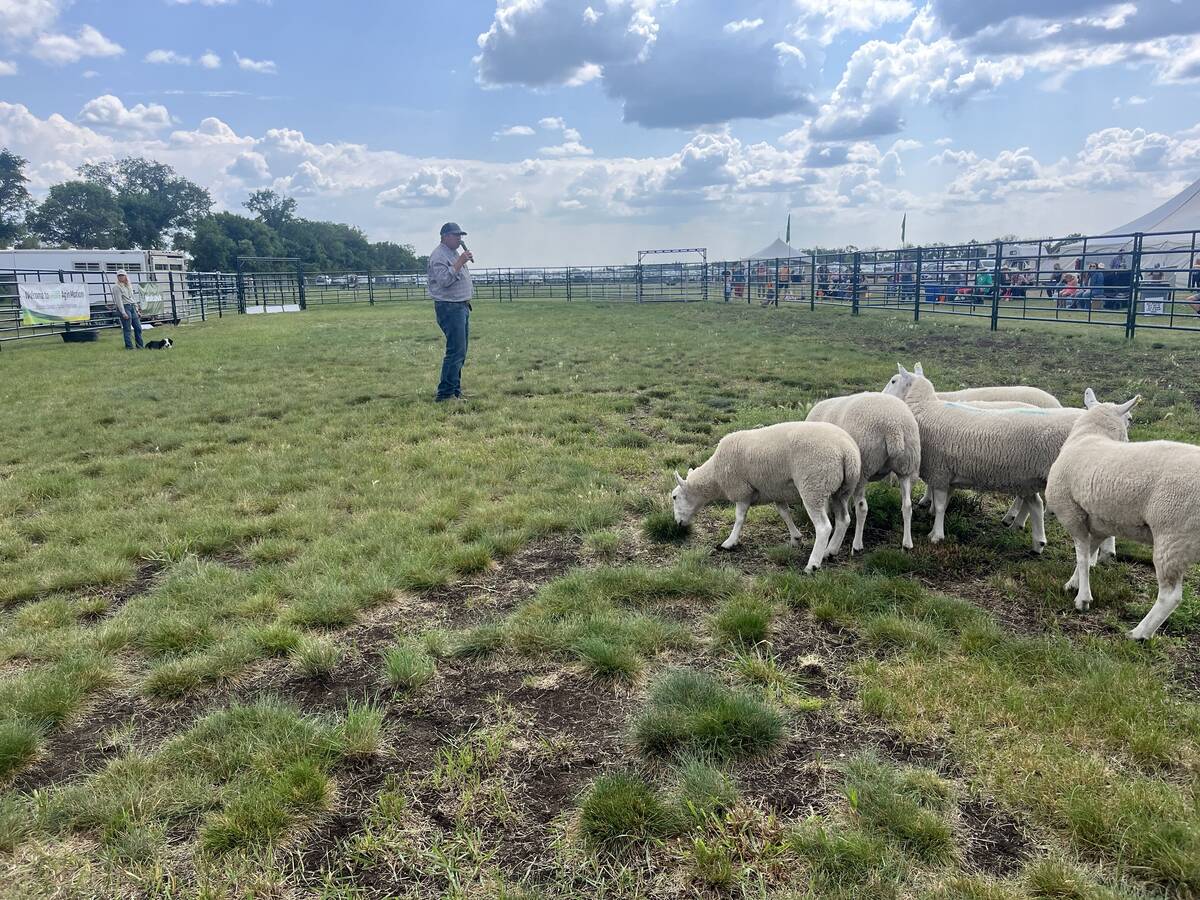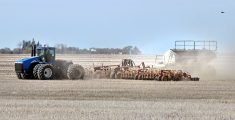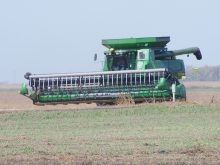Farmers for Climate Solutions holds consultations as it looks for ways in which farms can reduce climate change impact
A new preliminary report from Farmers for Climate Solutions is expected to be released in March and will look at more than 50 approaches and best managements practices that can reduce carbon emissions.
The sector-wide report is being developed by a farmer-led task force. Its members include agricultural emissions modellers and agricultural economists.
The goal is to show that with the right support, Canadian agriculture can play a role in helping the country meet its net-zero emissions target by 2050.
While the agriculture sector is responsible for 12 percent of Canada’s greenhouse gas emissions, says Genevieve Grossenbacher, director of policy for Farmers for Climate Solutions, there is growing evidence that agriculture can also help mitigate climate change. What’s missing, she says, is a road map for reducing emissions while helping farmers’ pocketbooks. That is the goal of the current task force.
Read Also

Stock dogs show off herding skills at Ag in Motion
Stock dogs draw a crowd at Ag in Motion. Border collies and other herding breeds are well known for the work they do on the farm.
“Canada’s path to net-zero by 2050 may be unsolved but it is not unsolvable,” says Grossenbacher.
FCS’s first costed recommendations to the federal government about on-farm greenhouse gas emissions reductions came at a time before climate was as discussed as it is today, said Andrew Rushmere, farm program director of FCS, at the Canadian Forage and Grasslands Association recent conference in British Columbia. CFGA is a member of FCS.
The coalition of regenerative, organic and livestock groups from across the country, which says it represents 20,000 farmers, caught the attention of government when it proposed costed ways that farmers could contribute to meeting climate change goals in 2021.
Government previously was not looking to the agricultural sector as part of the solution. Data collection related to actual emissions and mitigations lacked direction, momentum and co-operation.
FCS assembled a task force of farmers, researchers, economists and policy experts to examine how the next Agricultural Policy Framework could speed up climate action to identify best management practices and their adoption, resulting in the 2022 report: “Rooted in Climate Action — Recommendations for the next Agricultural Policy Framework.”
This report, says Rushmere, painted a clearer picture of agriculture’s contribution and potential to scale up climate solutions in agriculture. It also illustrated where farmers stand to enhance their operations.
“The areas facing the worst-projected climate impacts — those with winter warming trends over the past 70 years — are mostly in the Prairies, in some of Canada’s largest agricultural production areas,” he says. “These areas stand to face enormous disruption. And yet, it is also these areas where often people’s perception about climate change is that it isn’t an issue.”
Phase two of the task force involves the publication of a report in late 2024 to identify the best potential pathways to reduce on-farm GHG emissions in Canada by 2050, with a focus on the most feasible pathways for farmers by region.
Grossenbacher says that while Canadian farmers cope with the climate crisis, they are also competing in markets with increasing demands for lower emission practices, which threatens both their competitiveness and their mental health.
“This past season was a wake-up call,” she says. “Now is the time to act.”

















